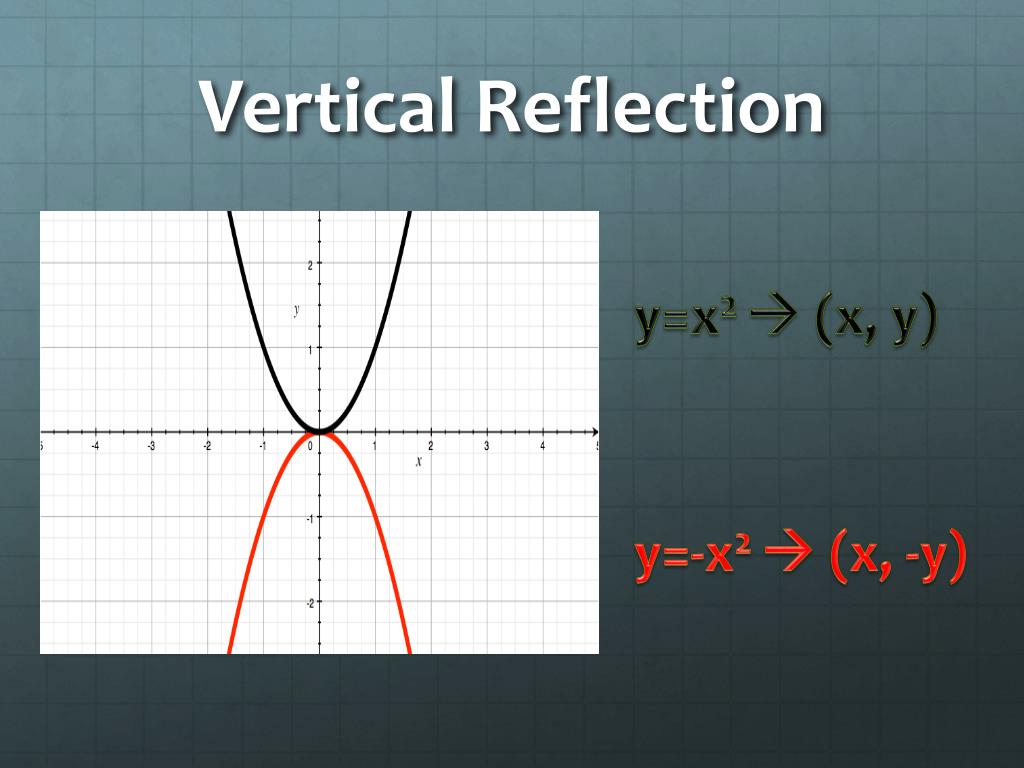
The image was protected by cases composed of an outer wood, leather and velvet box, with a brass cut-out matt and glass cover over the actual image. The image is very fragile, sensitive to pollutants, and readily damaged by abrasion daguerreotypes were generally produced in a protective cover. The technique produces silver nanoparticles on a silvered copper plate. ĭaguerreotypes are amongst the earliest photographic methods. This technique is inherently surface sensitive, which can be utilised beneficially, but can also be an issue if bulk analyses are required. The surface sensitivity of ATR-FTIR has more recently been used to follow the chemical degradation of rubber and amber. It has been used to characterise almost every material used in cultural heritage and its conservation with many examples in the presentations of the thirteen Infra-red and Raman User Group conferences. The surface-sensitive Attenuated Total Reflection Fourier Transform infra-red spectroscopy, ATR-FTIR is widely used in conservation. Both x-ray photoelectron spectroscopy and static and dynamic SIMS were used in the investigation of silver tarnish and lacquer impact on tarnishing. Dynamic Secondary Ion Mass Spectroscopy has been used to follow the early stages of glass deterioration.

Surface analytical techniques have been used for heritage degradation studies for at least 20 years.
Metal reflection graph portable#
Instrumentation has developed and is generally less expensive, often easier to use and, in many instances portable and non-invasive. Access to analysis has widened over the past two decades. This paper presents an infra-red spectroscopy research example of each area, and explains why the very to extremely high surface sensitivity was of particular benefit to those studies. Many phenomena occur at surfaces and surface-sensitive analyses are required. There are three main areas of preventive conservation where analysis is critical: degradation studies, conservation material performance studies and monitoring. Very low detection limits (1 ng) were found using gold coated glass slides to detect haze deposits.Īnalysis can be transformational in conservation practice. Haze and smoke generators are increasingly being introduced into displays or for special events or filming. An adjustable height gold mirror was used to bounce the IR beam many times across a surface, which can give extreme sensitivity. A common wax used to protect metals has been found to take up liquid water in humid environments and hold that water close to or at the metal surface.
Metal reflection graph series#
Reflection–absorption FTIR microscopy has been combined with an excimer laser to determine the water content of a series of sections through the depth of a wax. The inner glass surface was always more deteriorated and the degree of deterioration inversely correlated with the distance between the inner glass surface and the daguerreotype or brass matt surface. The very limited information depth endowed by the high refractive index crystal gave good sensitivity when other techniques such as sectioning and scanning electron microscopy had failed to detect a gel layer present. Glass degradation was quantified on the surfaces of cover glasses from important Nineteenth century daguerreotypes using Germanium attenuated total reflectance. These are used to discuss the issues, advantages and information that can be drawn from studies. Examples from object degradation studies, conservation materials performance assessment and monitoring are presented. This sensitivity can be utilized to help with a wide range conservation issues. Several FTIR techniques are surface-sensitive.




 0 kommentar(er)
0 kommentar(er)
